Mysteries of Komi
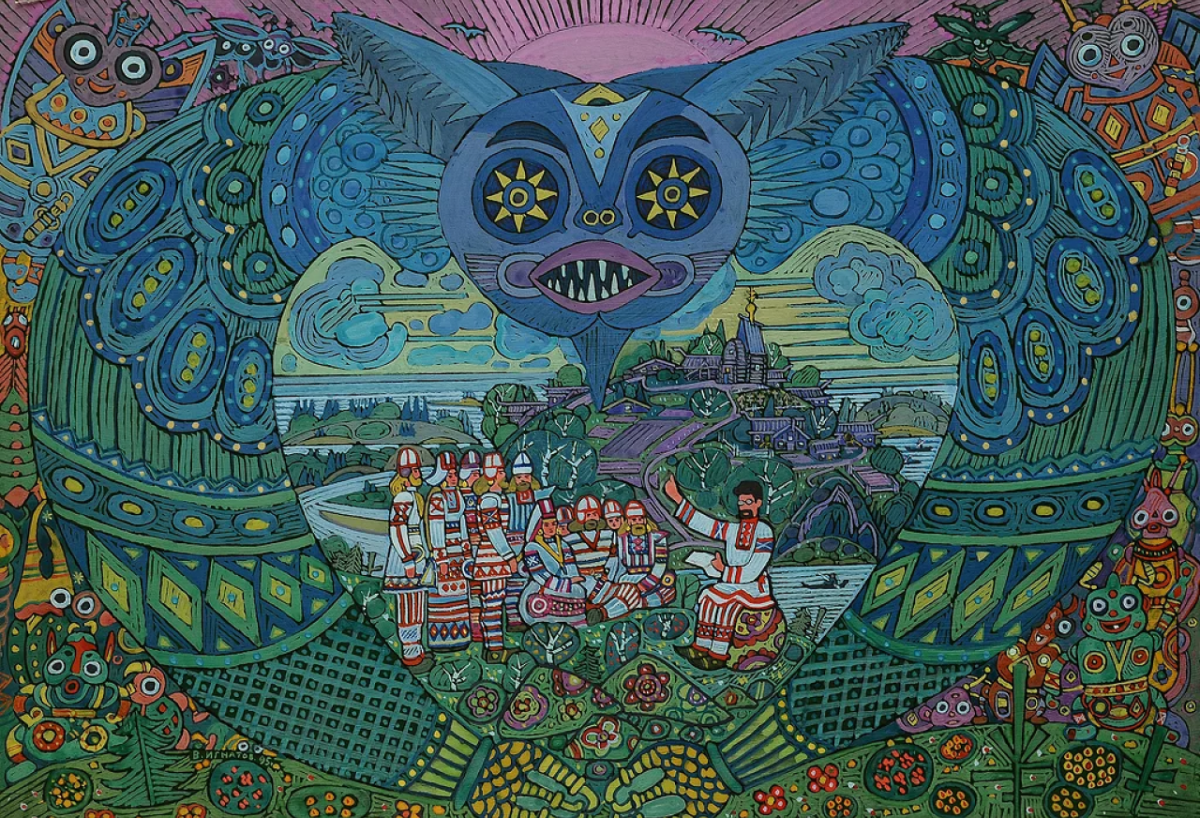
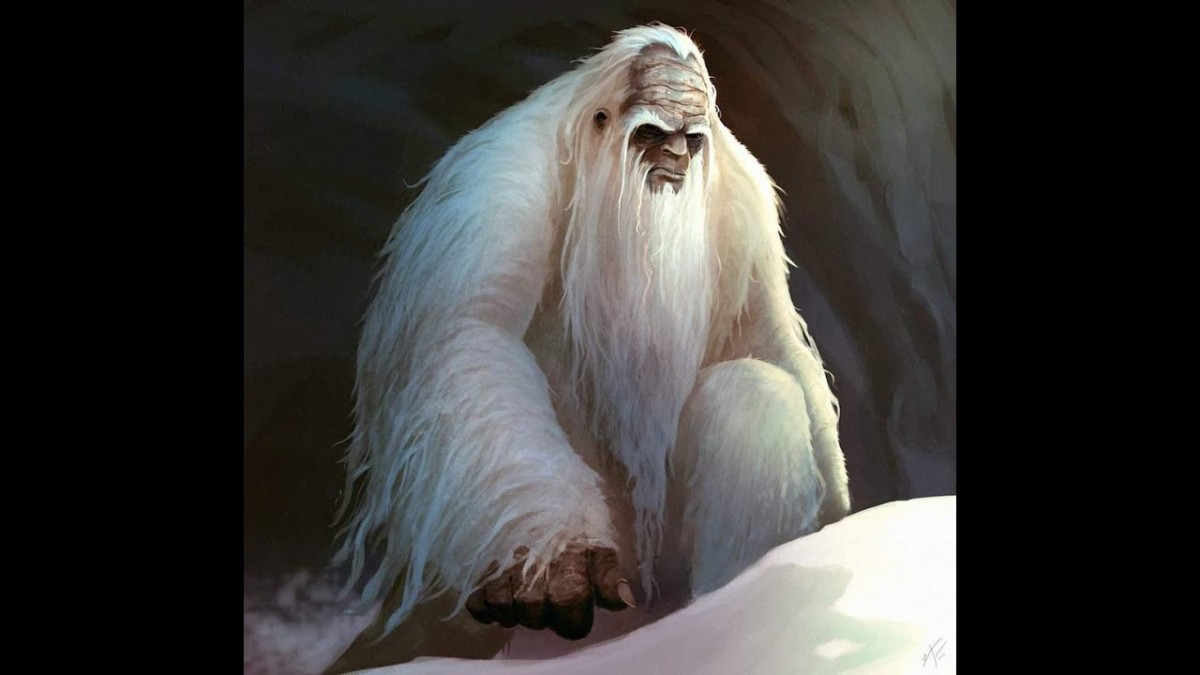
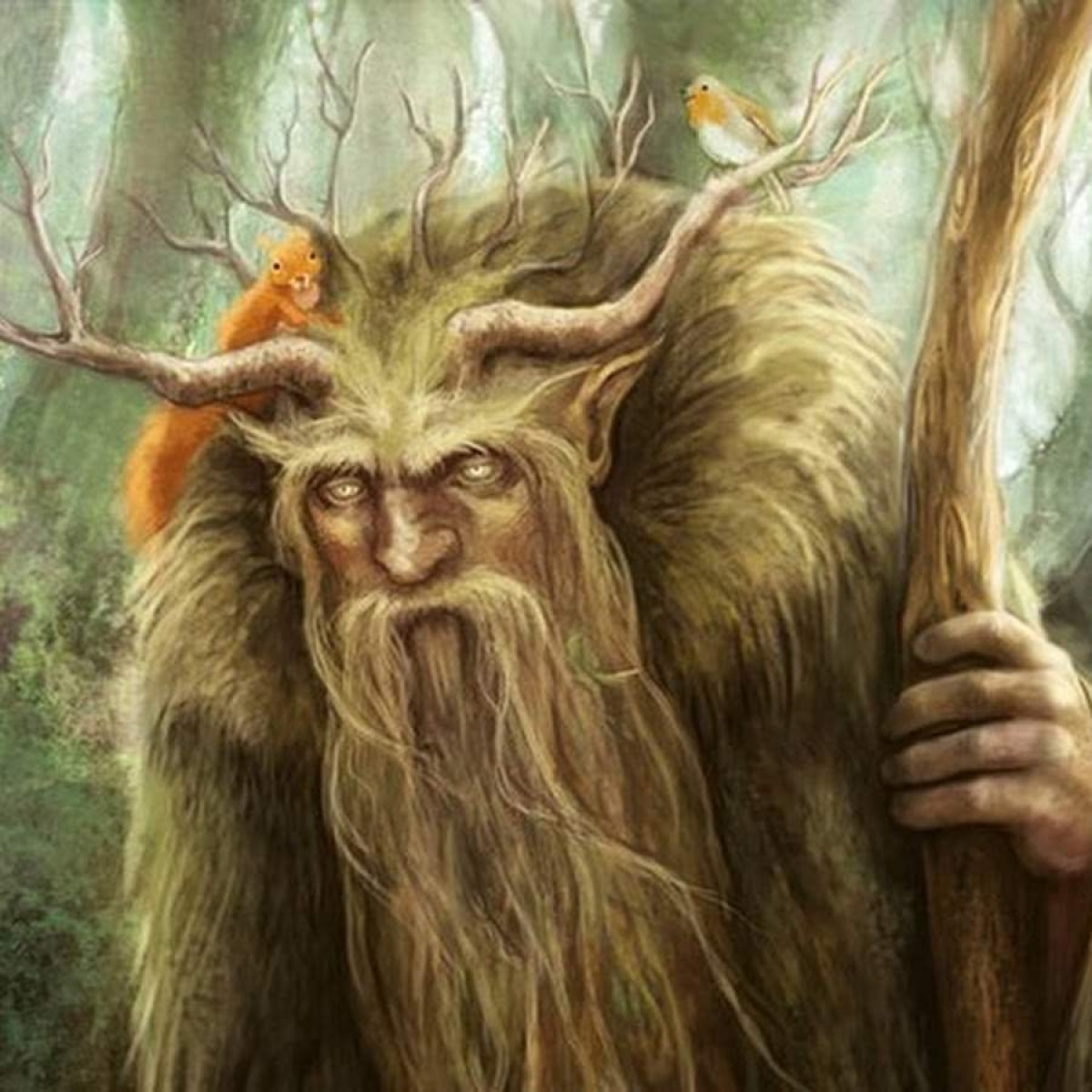
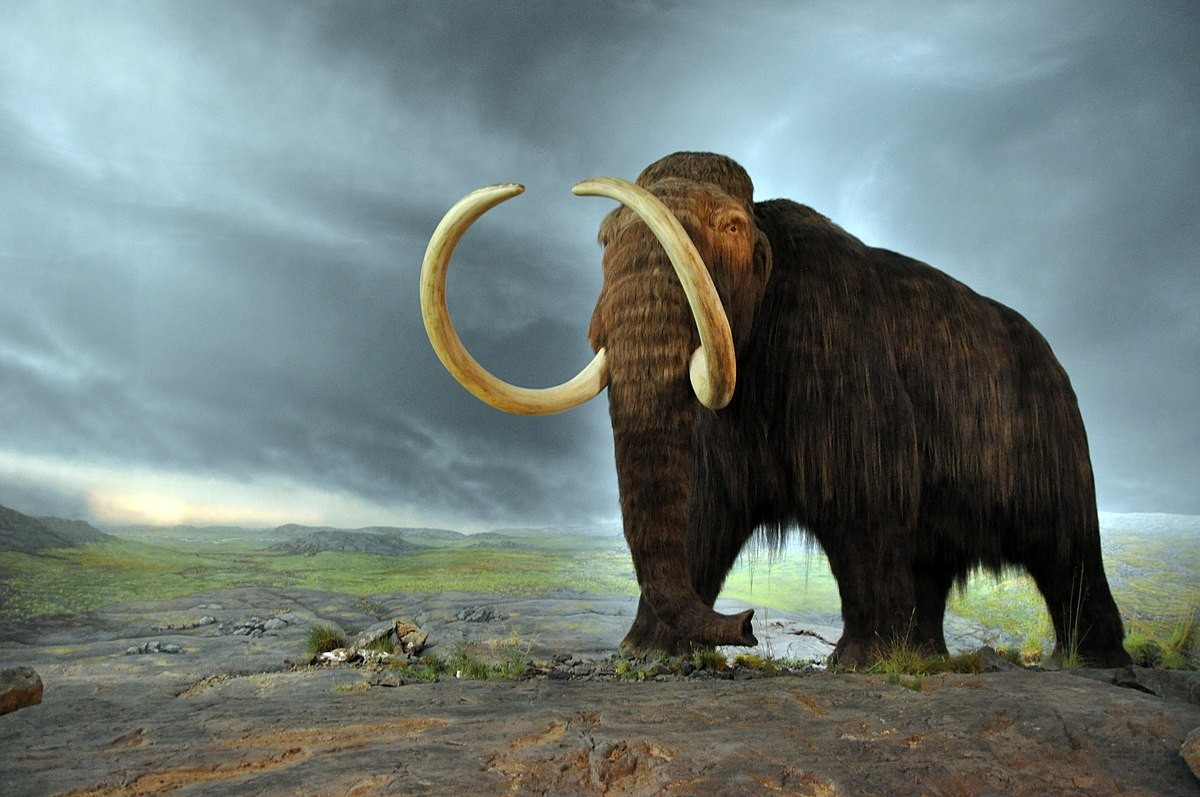
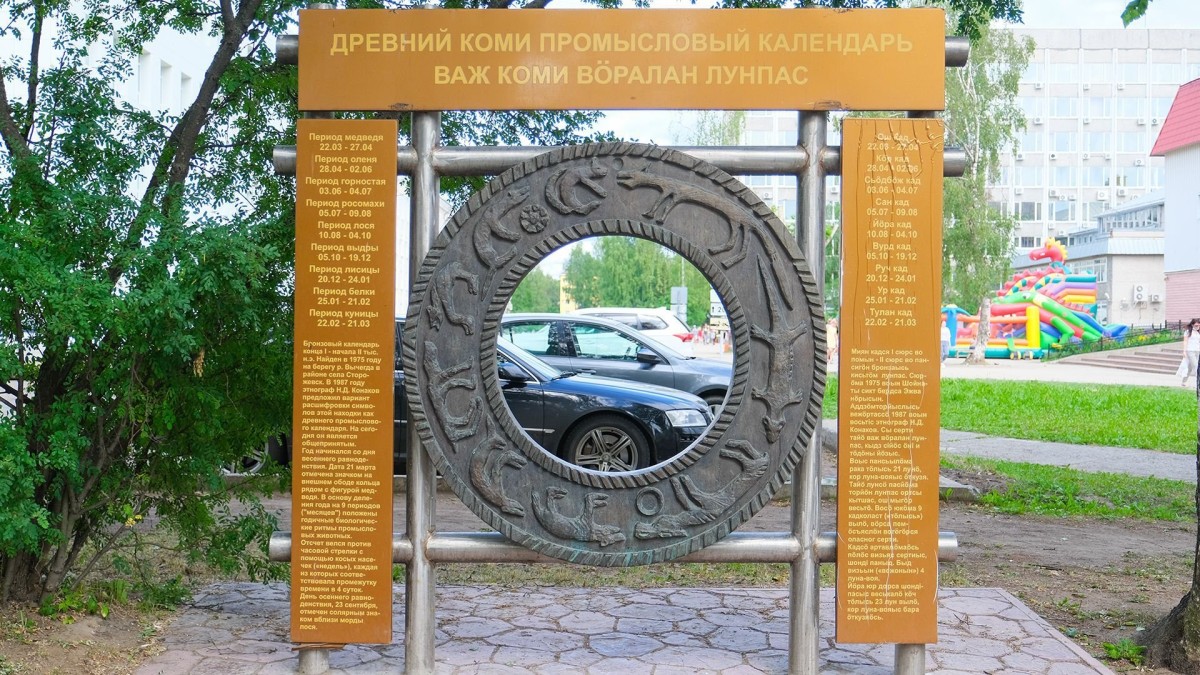

The snowman
In remote areas of the Komi Republic and in the Perm Krai, the snowman has been encountered more than once. Local people call him Chochkom mort, which means "white man", or Yag mort, which can be translated as "forest man".
They say that they have long gotten used to him.
"The first mention of the snowman in the Komi-Permyak region dates back to 1907. That year the phenomenon was described in detail by Vasily Nalimov, a local ethnographer.
Despite numerous eyewitness accounts around the world, most ordinary people do not believe in the existence of snowmen. Scientists consider it a fiction as well, seeing in it a contradiction with Darwin’s theory of the origin of species. To deal with issues of snowmen and similar potentially existing creatures, cryptozoology was invented. This is not a science, but a method of search and research."
Many eyewitnesses do not talk about their meetings with the Snowman at all, fearing that they will be considered crazy.

Vörsa
In the Komi mythology, Vörsa is a supernatural being whose primary concern is to monitor hunting activities in the wild. His power extends to many spheres of everyday life not connected with the forest, so people often came to him for help. However, their expectations were not always met: Vörsa could both ensure the health of livestock and send a disease onto it. Besides, he was able to lead away cattle, make a hunter get lost in the wild or deprive him of his fortune. Among those who risked falling out of favor with Vörsa more than others were thieves and murderers: after entering the forest, they might not be released from it.
Vörsa appears in the guise a giant (about the size of a pine tree) with turned-out heels and without clothes. People said he has furry ears. Another characteristic feature of Vorsa was the absence of eyebrows and eyelashes, as well as transparent bones in the body.
Among other things, Vorsa was characterized by metamorphoses: he could turn into various small animals, for example, into a cat (and, by the way, he liked to have a snack with dogs); could take the form of a whirlwind shuvgay (in this case, it can be seen through the outstretched fingers, if you bend down to look between the legs). It was believed that Vorsa and his family lived in a triangular hut in a swamp (although they were constantly at odds with the water Vakul). He was engaged in the usual peasant economy, the animals were his cattle, and the birds were chickens. It is interesting, the barking of his dog did not make an echo in the forest, and the best hunting were Vorsa`s dogs, they were the best at catching animals.
His family consisted of a wife and daughter, whose faces no one could see. His first wife owned black magic and could take off her “scalp” to look for lice in her hair. They say that when one hero killed her, Vorsa began to look at human women, to lure her to him. He lured women, and he could steal children - it was believed that he took away children cursed by their mothers.

The earthdeer
In the mythology of the Komi and a number of the peoples of Siberia, the earthdeer is a horned creature that lives deep under the ground. It is believed that the first legends of it sprang up as a result of encountering remains of mammoths preserved thanks to the permafrost. As they did not always reflect the actual appearance of the animal, there was often some space for imagination. People might see remains of mammoths as those of incredibly grown reindeers or mooses. The wrong impression was reinforced by the tusks of animals that were considered the horns of monsters.
In general, most of the mythological plots associated with the Deer of the Earth (mammoth), follow three lines: First, these are stories about the creation of the world (Evenk legends about a mammoth who created the earth together with a serpent; a shamanic myth about a mammoth that climbed into the water and twisted tusks sand, earth, stones; the idea of a mammoth standing in the cosmic ocean and supporting the world, and other). Secondly, myths of an ethnological nature, explaining certain features of the relief (the formation of river channels, bank collapses during floods, terrible cracking of ice during ice drift and even earthquakes, etc.). And thirdly, myths about metamorphoses - about the transformation of old moose, bears, pikes and others into the Deer of the Earth.
The people of the Komi (Komi-Zyryans, Komi-Permyaks) a similar character is known as the Deer of the Earth. Komi legends tell that the Deer of the Earth lived during the time of the creation of the world. He was so big and heavy that he fell into the ground up to his chest, and rivers and streams appeared in the places where he walked. The rivers created by earthen deer flooded everything around and there was a global flood. After getting acquainted with Christianity and the legends about Noah's ark, the legends were supplemented by the story that at one time the mammoth wanted to be saved on the ark, but simply did not fit. As a result, the Earth deer had to wait out the flood afloat, but the birds sat on its “horns” (tusks) and the beast drowned. That is why the Earth deer became extinct. More precisely, they went underground.

The Komi hunting calendar
The ancient Komi did not celebrate the New Year in winter. They did it in spring, namely on March 21, the day of the vernal equinox. Their traditions of celebrating the New Year were also different: instead of decorating Christmas trees, they marked the beginning of a new hunting cycle. It is believed that they even used some kind of calendar designed exclusively for such purposes. The artifact that might be it, a bronze ring decorated with nine images of animals frozen one by one in a round dance, was found in 1975 in Kortkerossky district by an ordinary teenager. When it ended up on the desk of the archaeologist Klim Korolyov, the latter came up with the famous “calendar theory”. According to it, each of the nine sectors of the tool corresponds to one period of the year and one animal prohibited for hunting.
The artifact was dated to the end of the first - the beginning of the second millennium AD. In the process of studying, scientists concluded that they had a unique object in front of them - an ancient calendar, according to which our ancestors counted the periods of the annual cycle. They do not correspond to the modern calculation of time and are not equal to each other. One of the most important functions of the calendar, as they would say now, is environmental protection. The ring reminded the hunters, what animal can`t be killed in the coming month.
The circle of animals depicting the solar calendar begins the year on the day of the vernal equinox and counts counterclockwise. This period is marked on the calendar with a special sign. The owner of the taiga, the bear, begins the hunting year. His time lasts until April 27, after which he gives way to a deer. The deer reigns until June 2, and the ermine comes to replace it, and on July 5 it is replaced by the wolverine. The moose period covers almost two months - from August 10 to October 4. Only the month of the otter is longer, which stretches for as many as 76 days, giving way to the fox from December 20th. The squirrel jumps into the hunting circle on January 25, from February 22 passes the baton to the marten.
It was impossible to reach the sacred meaning of the choice of periods for northern animals. Much in the interpretation of the calendar has remained as hypotheses. Anyway, today the ancient hunting calendar has become a symbol of the Komi Republic. It decorates posters and booklets, is replicated in the form of magnets, calendars, key rings and pendants, printed on children's coloring books and postcards. One of the entertainments of Syktyvkar residents and guests of the city is to find their birthday according to the ancient calendar. Agree, it is much more respectable to say to your friends: “I was born on the first day of the ermine month,” than just to give the date of birth on the passport - June 3rd. And it is much more patriotic to correlate your character not with the eastern horoscope, but with the native hunting calendar.